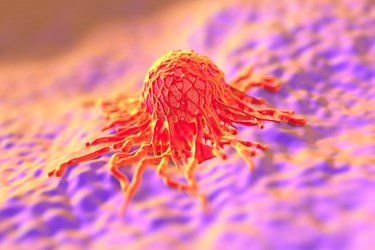IBM Takes Remote Skin Cancer Detection To A New Level

By Christine Kern, contributing writer

New technology enables skin cancer diagnosis via smartphones.
Technology has enabled greater reach and accessibility of diagnostic services for many areas of medicine, including psychiatry and dermatology, using telemedicine to improve access and care for patients in underserved areas. Now, IBM has taken the remote detection of skin cancer to a whole new level with technology that enables skin care diagnosis via smartphones. Melanoma, the deadliest form of skin cancer, will cause more than 10,000 deaths in 2016 in the United States alone, creating greater pressure to diagnose and treat the condition in its earliest stages.
In a recent blog post, Cognitive Computing & Computer Vision Scientist at IBM Noel Codella explained, “Today, using an imaging technique called Dermoscopy, expert dermatologists can detect disease in early stages, but there are two challenges that remain. The first is that there may be a limited supply of these specialized physicians, making them costly to visit or difficult to access in many geographic regions.” The second challenge “is the potential for human error, despite extensive training.”
Statistics demonstrate up to nine lesions are surgically biopsied for every one melanoma discovered, and the occurrence of surgical biopsies on non-melanoma lesions can result in patient discomfort, disfigurement, and a rise in healthcare costs.
Enter IBM Research, which is developing techniques in computer vision to allow clinical staff to use pictures to screen for diseases. Codella explains, “Our vision is that taking pictures to diagnose melanoma might one day be as routine as drawing blood to detect other diseases. Equipped with a smartphone or other camera attached to a Dermascope, the goal is that this type of technology would enable doctors, nurses, or support staff to take a photo of a concerning lesion, send it to a cloud-based analytics service, and receive a detailed report on the lesions in response.”
These reports could include confidence indicators to help clinicians determine whether or not the lesion is cancerous, or additional supporting information like visual patterns that could indicate underlying cellular structures and problems used to assess patient risk.
The IBM methodology is far superior to the standalone apps that have already appeared on the market, some of which have failure rates of 93 percent, according to Mashable. And one study has concluded teledermatology is not as effective as it appeared, as Health IT Outcomes reported. What makes IBM’s system better is it employs a Dermascope that can be attached to smartphone cameras to optimize photos for analyzation and the compilation of a massive database of images of cancerous lesions for comparison. IBM connects the Dermascope images with the database via IBM’s machine learning, computer vision, and cloud computing capabilities to identify cases of melanoma.
Preliminary research published by IBM in 2015 highlighted the ability of computer vision approaches to help identify disease markers in dermoscopy images. The preliminary research still required human interpretation of the lesion; in the past two years, IBM has continued to develop computer vision methods and have eliminated the need for human action. Codella stated, “The approaches we’ve developed are now about three times better at recognizing melanoma than the previous methods we developed, and do as well at recognizing disease in the dataset as specialists.”
While the research is still in early stages, it promises to have huge implications for skin cancer diagnosis and treatment, helping to reduce healthcare costs drastically.
